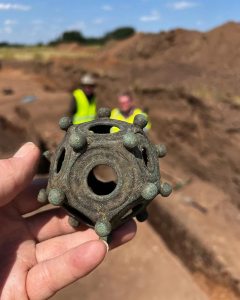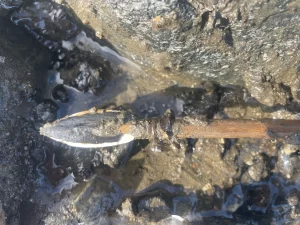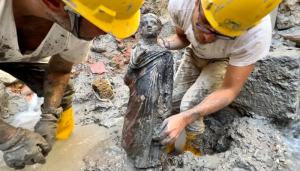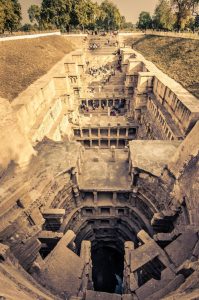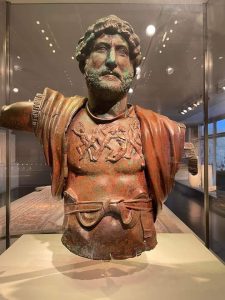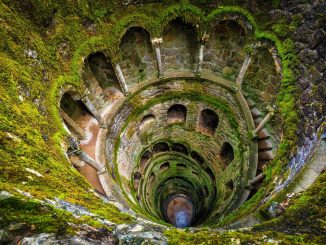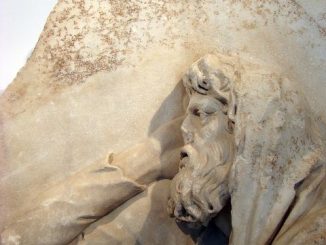
In the summer of 2023, an amateur archaeologist made a remarkable discovery in a farmer’s field near the Lincolnshire village of Norton Disney. Amidst the earth and soil, buried for roughly 1,700 years, lay a bronze “Roman dodecahedron” — a mysterious artifact from antiquity. This unexpected find has sparked curiosity and intrigue among historians and enthusiasts alike, offering a tantalizing glimpse into the distant past.
Body: Unlocking the Secrets of the Roman Dodecahedron
The Roman dodecahedron is a unique and enigmatic object, characterized by its twelve pentagonal faces, each adorned with circular openings of varying sizes. Despite numerous examples being unearthed across Europe, the true purpose of these artifacts remains shrouded in mystery. Some theories suggest they were used as decorative ornaments, while others propose they served as measuring instruments, candle holders, or even religious artifacts.
While the exact function of the Roman dodecahedron may never be definitively determined, its discovery provides valuable insights into the material culture and craftsmanship of the ancient Romans. Made of bronze, these intricately crafted objects demonstrate the skill and ingenuity of ancient artisans, who meticulously fashioned each face and aperture with precision and care. As we study these artifacts, we gain a deeper appreciation for the technological advancements and artistic achievements of ancient civilizations.
Exploring the Context of the Discovery
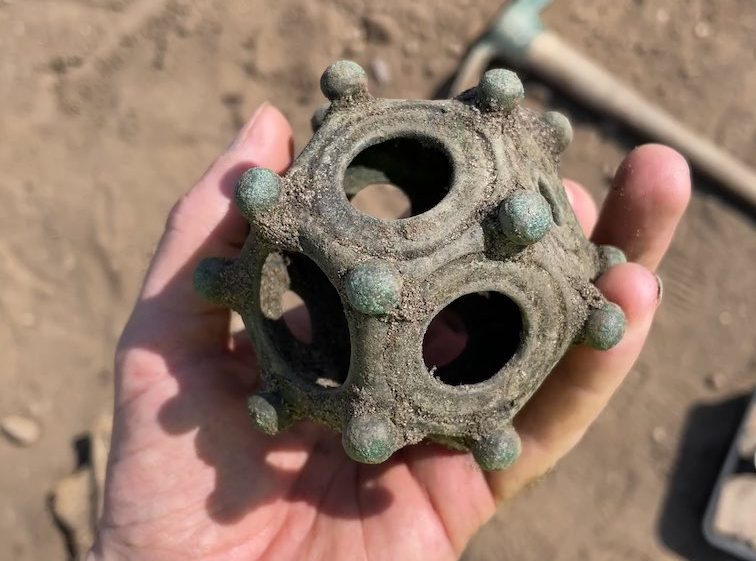
The unearthing of the Roman dodecahedron in a farmer’s field in Lincolnshire adds another layer of intrigue to its story. How did this ancient artifact come to be buried in rural England, far from the heart of the Roman Empire? Was it brought to the region through trade or conquest, or did it have a more localized significance? These questions fuel speculation and inspire further investigation into the historical context of the find.
As archaeologists continue to study the site of the discovery, they hope to uncover additional clues that may shed light on the origins and purpose of the Roman dodecahedron. Through careful excavation and analysis, they piece together fragments of the past, weaving together a narrative that spans centuries and continents. Each new discovery offers an opportunity to deepen our understanding of ancient civilizations and their enduring legacy.
Preserving Our Shared Heritage: The Role of Archaeology
The discovery of the Roman dodecahedron serves as a reminder of the importance of preserving our shared heritage. As custodians of the past, archaeologists play a crucial role in safeguarding and interpreting the remnants of ancient civilizations. Through their efforts, we gain valuable insights into the cultural, technological, and social dynamics of bygone eras. By protecting and studying artifacts like the Roman dodecahedron, we ensure that future generations can continue to learn from and appreciate the wonders of antiquity.
Conclusion: Reflecting on the Mysteries of the Past
In conclusion, the discovery of the Roman dodecahedron in a farmer’s field in Lincolnshire offers a tantalizing glimpse into the mysteries of the ancient world. This intriguing artifact invites us to ponder its purpose and significance, sparking curiosity and inspiring further exploration. As we delve into the depths of history, let us embrace the opportunity to unravel the secrets of the past and gain a deeper appreciation for the rich tapestry of human civilization. Through the lens of archaeology, we continue to uncover hidden treasures and unlock the mysteries of our shared heritage.
